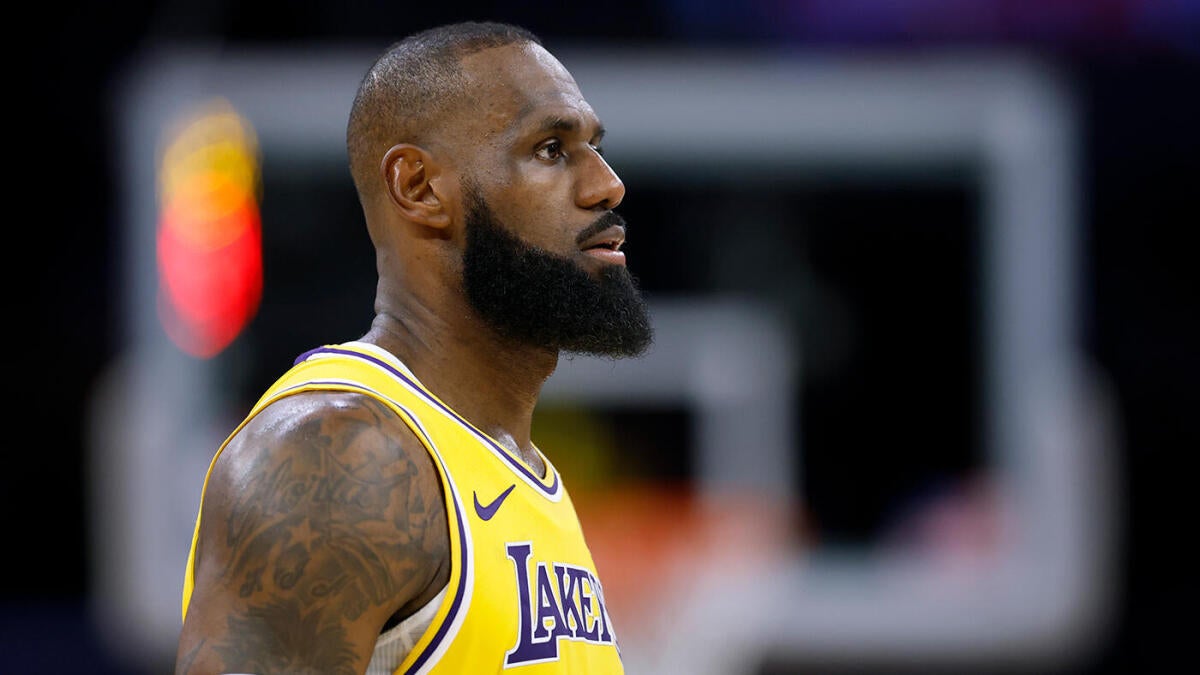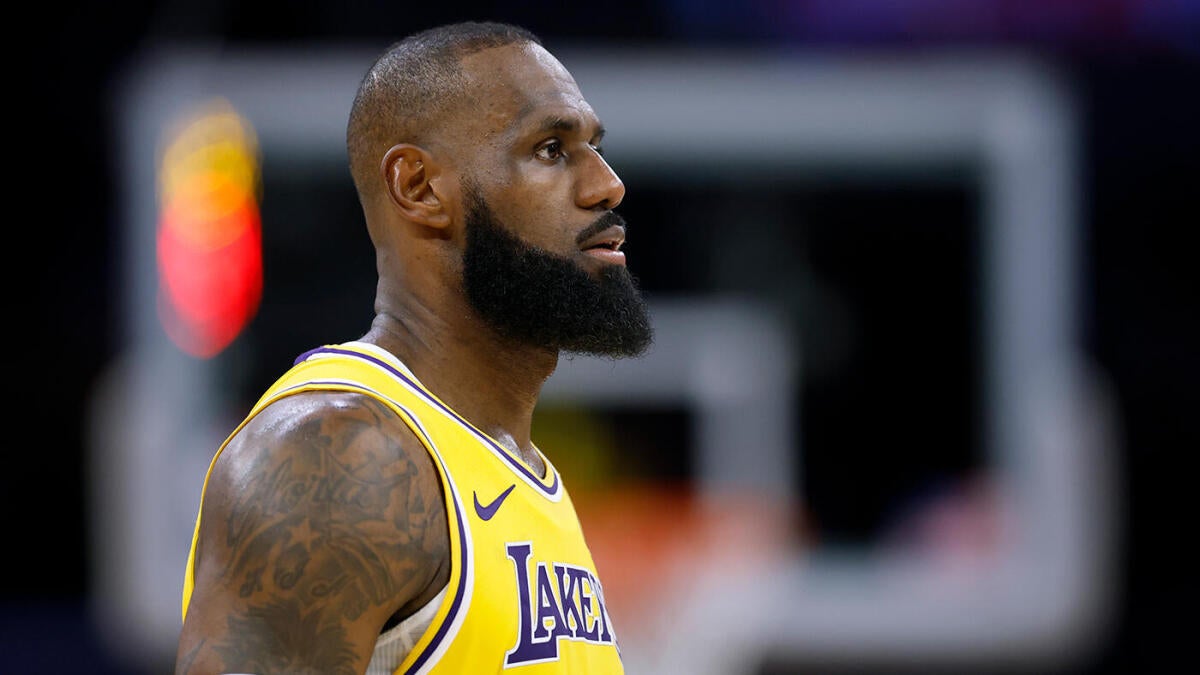The 2025 NBA free agency period was a whirlwind of activity, reshaping the league’s landscape with bold moves, strategic trades, and calculated signings. Teams across the league positioned themselves for both immediate success and long-term growth, while others found themselves scrambling to catch up. This offseason highlighted the importance of foresight, adaptability, and smart roster construction in the ever-evolving NBA.
The Rockets: A Franchise Ready to Soar
Houston’s offseason overhaul has positioned them as one of the clear winners of this free agency cycle. The Rockets continued their rebuilding process by acquiring a mix of promising young players and seasoned veterans, all while maintaining flexibility for future moves. Their strategic acquisitions focused on adding versatile wings and rebounders, addressing depth issues that had previously hindered their performance. The Rockets’ scouting team excelled in identifying high-upside talent, much like how VJ Edgecombe from Baylor and Drake Powell from North Carolina impressed scouts at the 2025 draft combine. By maintaining cap flexibility, the Rockets ensured they could pursue targeted acquisitions without sacrificing their future. This careful balancing act has the Rockets ready to take flight, with fans and analysts optimistic about their trajectory.
Atlanta Hawks: Building Momentum with Purpose
Much like Houston, the Atlanta Hawks used free agency to reinforce their roster, demonstrating a focus on depth and complementary pieces rather than splashy marquee signings. The Hawks capitalized on adding players who fit specific needs—perimeter defense, secondary playmaking, or shooting—turning them into a more formidable playoff contender. Their early free agency moves suggest a front office that values coherent team-building over headline grabs, a strategy that often pays dividends in the long haul. The Hawks’ calculated depth upgrades could push them deeper into playoff contention, showcasing their commitment to sustainable success.
Grizzlies and Magic: The Benefits of Mutual Trades
One of the more intriguing stories of the free agency and trade period involved the Memphis Grizzlies and Orlando Magic executing a mutually beneficial trade. Both teams addressed urgent roster needs while maintaining flexibility. The Grizzlies secured players who align with their high-energy, defense-first style, improving their ability to compete in the rugged Western Conference. Meanwhile, the Magic bolstered depth with youthful talent, supporting ongoing development under their rebuilding blueprint. These types of trades exemplify thoughtful front office collaboration, where both sides emerge stronger without risking future assets excessively.
Lakers and Celtics: Offseason Frustrations
In contrast, two storied franchises—the Los Angeles Lakers and Boston Celtics—had a relatively quieter and somewhat disappointing start to free agency. The Lakers’ attempts to address their missing center position and bolster the bench fell short as key targets either re-signed elsewhere or no high-impact options emerged. This limbo leaves the Lakers still searching for identity and continuity. Similarly, the Celtics failed to secure significant external upgrades, suggesting a reliance on internal development and midseason adjustments to maintain competitiveness. These outcomes underscore the unpredictability of free agency—legacy and market size don’t guarantee success in assembling winning rosters.
Early Surprises and Under-the-Radar Moves
From the first day of free agency, several lesser-known players and teams emerged as unlikely winners. The NBA Draft Combine offered glimpses of future stars, with guards like Cedric Coward impressing with athleticism and skill, boosting their draft stock and prospects for immediate contribution. Veteran returns, such as James Harden returning to familiar franchises on substantial deals, energized fanbases and added intrigue to team dynamics. The San Antonio Spurs continued their reputation for astute drafting and accumulation of young talent, positioning themselves for a resurgence.
Impact of Trades and Draft Picks
The offseason also saw intricate trades and draft-related decisions shaping the NBA landscape. Teams like the Dallas Mavericks benefited from key draft picks, while franchises like the New York Knicks faced penalties, such as the loss of second-round picks, affecting their draft capital. Deals involving marquee players generated a mixture of optimism and concern, with conversations swirling around who truly “won” or “lost” given the complexities of contracts, player fit, and future flexibility.
What Lies Ahead: Forecasting the Season
With foundations laid, several storylines will define the upcoming NBA season. Will the Rockets’ youth and flexibility translate into tangible success? Can the Hawks’ calculated depth upgrades push them deeper into playoff contention? Will the Lakers and Celtics find midseason course corrections to offset a subdued free agency period? How will the emerging draft stars impact their new teams, and what surprises might additional trades bring? The evolving rosters highlight the perennial challenge of balancing immediate success with sustainable growth—a chess match executed in live action.
Conclusion: Free Agency as a Catalyst for Change
The 2025 NBA free agency period showcased the fluidity and strategic depth of team building within professional basketball. Winners like the Rockets and Hawks demonstrated how clear vision and prudent moves can position franchises for success, while teams like the Lakers and Celtics remind us of the volatility and unpredictability inherent in these high-stakes negotiations. As the season approaches, the real test begins: converting offseason work into on-court chemistry, resilience, and performance. The unfolding narratives promise excitement, drama, and a testament to how intelligently crafted teams can rise to dominate a league defined by constant evolution.












